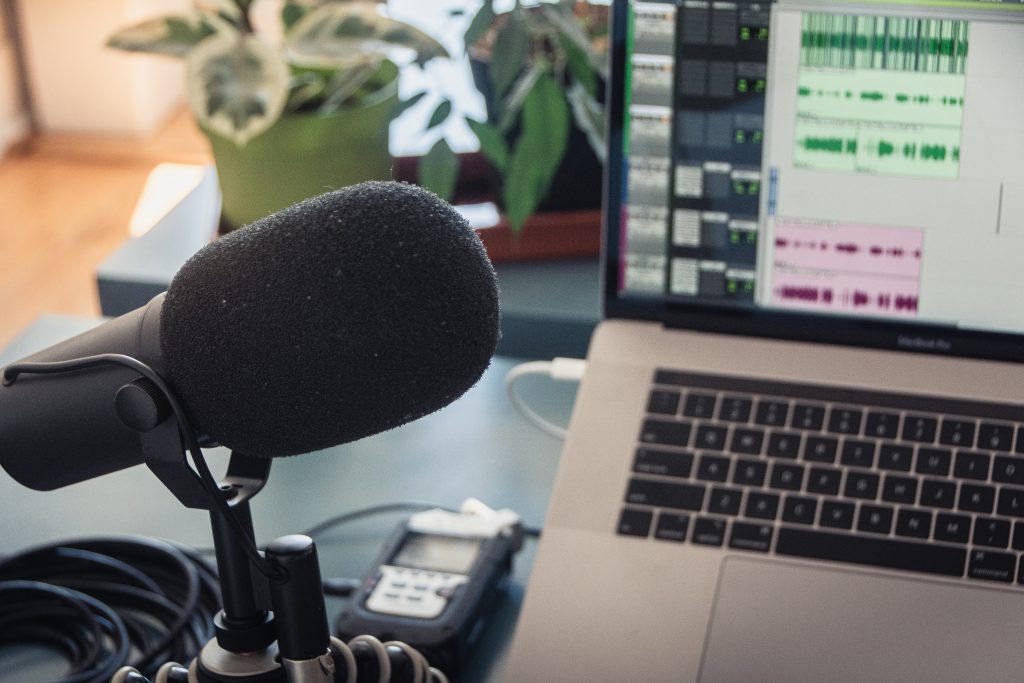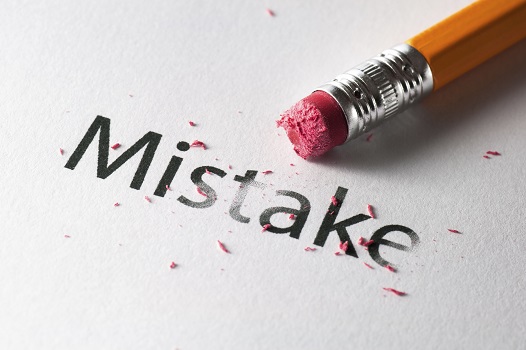According to the Bureau of Labor Statistics, more photographers are going freelance. How can you get a piece of the action? I asked Suzi Pratt, who graciously provided information on everything from blogging to getting press passes.
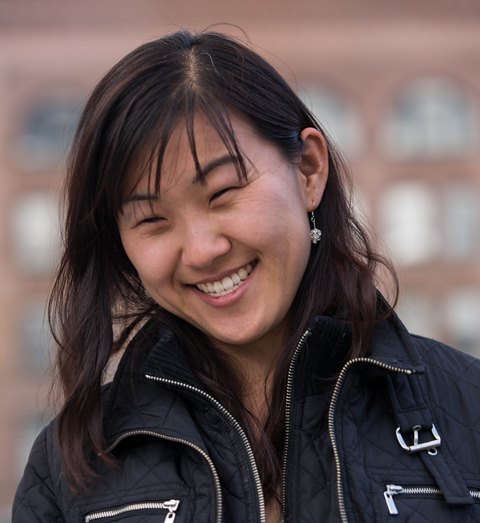
Suzi Pratt is a successful concert photographer enjoying paid gigs. Her freelance work circulates through many blogs and websites, especially those covering the Northwest region. She currently does much of her work for Getty Images, but she wasn’t always getting into premier events as easily as she does today. I talked to Suzi and found out just what it takes to make a name in concert photography.
Suzi’s love of capturing a story started early in her life, and in 2008 she began going to concerts as a hobby and a way to meet people. This hobby eventually bloomed into an opportunity to write, and then do photography, for local blog publications. Her chance venture into photography spurred her to learn as much as she could about the art of taking concert photos. Her success shows that having the determination to gather the information you need is more powerful than professional classes. In fact, she says she got her early information from just picking up a camera and “going onto YouTube and watching videos.”
If you’re interested in breaking into concert photography, you couldn’t ask for a better guide than the self-taught Pratt. This article will break down her hard-learned lessons from real life experience so you can steer your own photography career in the right direction. You’ll get the perfect advice for just starting out as a photog.
Blogging It: Time to Hustle

For freelance photographers, blogs are one of the primary publications that will need your photos. And, they can be an easy way to break into the business, especially if you look for blogs that cater to your local area. Pratt highly recommends starting small and finding local events to photograph.
“I usually tell people… see if there’s a local blog in the area that’s open to contributors.”
Per Pratt, if you make a contact at a blog that covers local concerts and needs images, you’ve just found a stepping stone for building your portfolio and learning the ropes.
“I started writing for a blog that someone else had started. I think she was 6 months to a year into it and she was just recruiting other writers to write for her. She already had a process in place. She taught me how to find the press contacts and the managers for all the bands and just how the whole thing worked.”
Want Exposure? Go Pro Bono

Credit: Suzi Pratt
Of course, in the beginning building your portfolio and getting your name out is going to be more important than making money in the short-term. Pratt warns that you likely won’t be able to support yourself with your photography right out of the gate.
“No one gets paid doing [local concert photography]. It was all volunteer; it was all just for fun and exposure.”
She advises new photographers to be patient while building a reputation. You’re not going to be shooting Meghan Trainor for your first event. Pratt was lucky to live in a town with a lively music scene, but pretty much any urban area will have small venues, like bars or clubs. It’s not the reputation of the artist that matters, but how you shoot them.
“At the time, it started out being mostly local events. Here in Seattle, you have concerts that happen pretty much every night of the week so it was really easy to find any kind of show. Our focus at the time was only on local artists. I can’t remember the first time that I really covered a really big show. It wasn’t in that first year of concert photography, which was probably a good thing.”
Photographing local artists gives you plenty of opportunity to practice your camera skills. And, the artists are typically happy to get any exposure they can.
Breaking In: The Press Pass
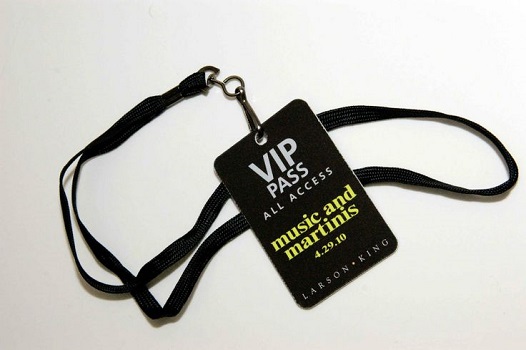
Pratt reveals the top question people ask her about getting started:
“People just want to know how do you get a press pass? What is a press pass? Who’s in charge of it? What kinds of things do you need to show to people to get a press pass?”
Her answer basically boils down to paying attention and finding a knowledgeable publication.
“I learned all of that from the first blog that I started writing for… I became one of the people that were in charge of handling all of the press passes for all the events that we were going to cover.”
Gaining press passes seems like a daunting responsibility, but the truth is it gets easier as you build your reputation. How can you get your first press pass? Start getting acquainted with people who put on the events you’re interested in shooting. The only way in is to ask.
Pratt finds the publicist of the artist to reach out to them for a press pass.
“I just do more digging based on that.”
When you contact someone, you’ll need to let them know what venue you’d like to take photos at and which publication you are working for. She also reaches out to people involved in the local scene, and build relationships with them.
“I reach out to the venue management. I know them all at this point and they’re all familiar with me and with what I’m going after … For the big artists, I can usually reach out to the venue managers or the local [promoter]. They have that information [about who’s in charge].”
Find out more about getting a press pass here: How To Get A Press Pass for A Concert.
No Contacts? No Problem

Another option for gaining a press pass is to do festival photography. Festivals work a little different from other venues because you’ll need to follow a formal application process. You can’t simply email the event organizer and ask for a pass. Usually, you can find the application at the festival website.
The application process can make it easier if you don’t have a lot of contacts yet, but you’ll still need to provide basic information like which publication you’re taking photos for. As a note, festivals may limit how many photographers they allow in the event, especially the more popular ones.
Every photographer is different. You may like the fast-paced environment of a festival. Or, you may prefer focusing on a one-time show. Pratt enjoys the work atmosphere of a festival, where you can get shots of multiple artists, including both local and bigger names.
“It’s really exhausting but it’s really cool to see that many bands in a span of 2 days.”
Are You Committing These Faux Pas?

The information above provides you with the basics, but your concert photography career will be filled with plenty of learning moments as you decipher etiquette and the techniques that work best for you. Fortunately, Pratt has some advice on what NOT to do.
- No long emails to publicists or managers. “I have learned that shorter is better… ‘Hey, I want a press pass for this show. The photos are going to go here.’”
- Don’t contact a publicist for a press pass when you aren’t working for a publication because you are “trying to build your portfolio.” “That’s not a valid reason. I know pretty much no publicist will ever say yes to that.”
- Stop expecting to make big bucks while building your portfolio. “Most of these blogs, they don’t pay. They’re always looking for people that are willing to contribute somehow… Just look for any opportunity to contribute and build your way from there.”
- Don’t run an inconsistent blog if you’re going DIY. “It shouldn’t be like you posted a year ago. You posts should be relevant to the industry and not be talking about food when trying to shoot music.”
Follow Proper Etiquette
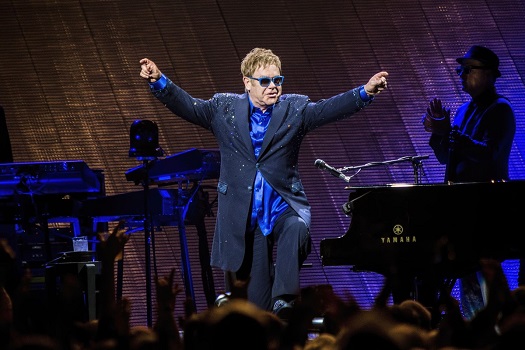
Credit: Suzi Pratt
Sure, you want to go to concerts that you enjoy, but it pays to give your clients what they want. If you’re only concerned with what you want, you’ll get bad feedback and have difficulty building a reputable portfolio. Be a team player.
“You should always check with your editor to see which [acts] they want coverage of and make that the #1 priority.”
Of course, you could sidestep this issue and run your own blog or other publication, but you’ll have to put in much more work to build an audience and a name for yourself. In the meantime, running your own publication could limit the shows you have access to.
The other side of being a team player is giving respect to fellow photographers. To get in good with your crowd, Pratt lays out a few “do not’s” for photographing concerts:
“Don’t block fellow photographers’ views by standing on a stool.”
“Don’t keep your camera raised over your head, which blocks others’ shots”
“Don’t hog that perfect spot. Everyone else would like a chance at that angle, too!”
Instead of being a jerk, try talking to other photographers before the show starts. It’s a great way to network and make connections in the industry. You never know who they know, and if they’re overscheduled, they may just think of you to cover an assignment they can’t take. That works in reverse, as well. At some point, you may find that you’re getting more opportunities than you can handle, and it makes you look more professional to have a colleague you can call for backup. In addition, you may just get some valuable tips on other aspects of shooting etiquette for particular venues when you chat up the other photographers at the event.
In fact, Suzi got her job shooting for Getty by talking to colleagues at a concert! So, go out there, start shooting, and be friendly.
Find out more about Suzi Pratt on her website here: Suzi Pratt.
A lot of great tips on her blog here: Intrepid Freelancer.

